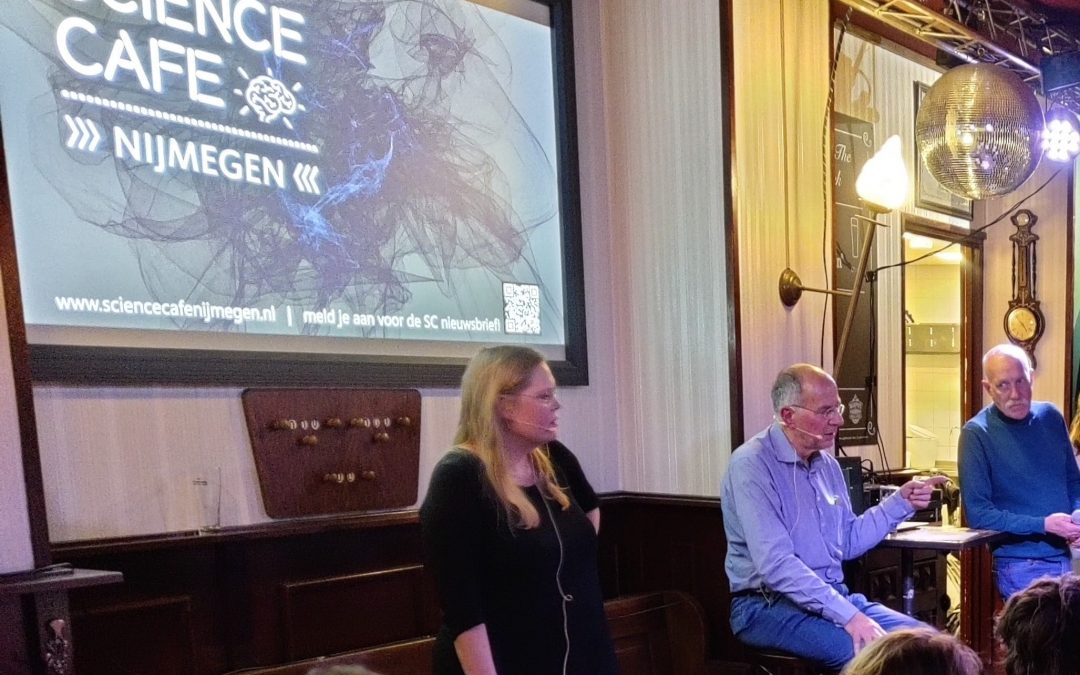Laidi C, Floris DL, Tillmann J, Elandaloussi Y, Zabihi M, Charman T, Wolfers T, Durston S, Moessnang C, Dell’Acqua F, Ecker C, Loth E, Murphy D, Baron-Cohen S, Buitelaar JK, Marquand AF, Beckmann CF, Frouin V, Leboyer M, Duchesnay E, Coupé P, Houenou J; EU-AIMS LEAP Group.
Biol Psychiatry. 2022 Oct 15;92(8):674-682. doi: 10.1016/j.biopsych.2022.05.020. Epub 2022 May 22.
ABSTRACT
BACKGROUND: The cerebellum contains more than 50% of the brain’s neurons and is involved in social cognition. Cerebellar anatomical atypicalities have repeatedly been reported in individuals with autism. However, studies have yielded inconsistent findings, likely because of a lack of statistical power, and did not capture the clinical and neuroanatomical diversity of autism. Our aim was to better understand cerebellar anatomy and its diversity in autism.
METHODS: We studied cerebellar gray matter morphology in 274 individuals with autism and 219 control subjects of a multicenter European cohort, EU-AIMS LEAP (European Autism Interventions-A Multicentre Study for Developing New Medications; Longitudinal European Autism Project). To ensure the robustness of our results, we conducted lobular parcellation of the cerebellum with 2 different pipelines in addition to voxel-based morphometry. We performed statistical analyses with linear, multivariate (including normative modeling), and meta-analytic approaches to capture the diversity of cerebellar anatomy in individuals with autism and control subjects. Finally, we performed a dimensional analysis of cerebellar anatomy in an independent cohort of 352 individuals with autism-related symptoms.
RESULTS: We did not find any significant difference in the cerebellum when comparing individuals with autism and control subjects using linear models. In addition, there were no significant deviations in our normative models in the cerebellum in individuals with autism. Finally, we found no evidence of cerebellar atypicalities related to age, IQ, sex, or social functioning in individuals with autism.
CONCLUSIONS: Despite positive results published in the last decade from relatively small samples, our results suggest that there is no striking difference in cerebellar anatomy of individuals with autism.
PMID:36137706 | DOI:10.1016/j.biopsych.2022.05.020



